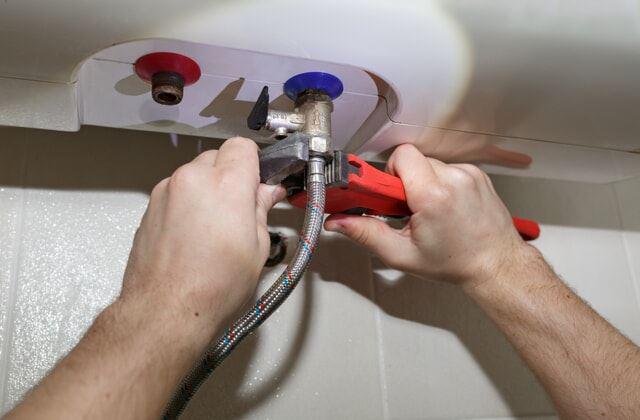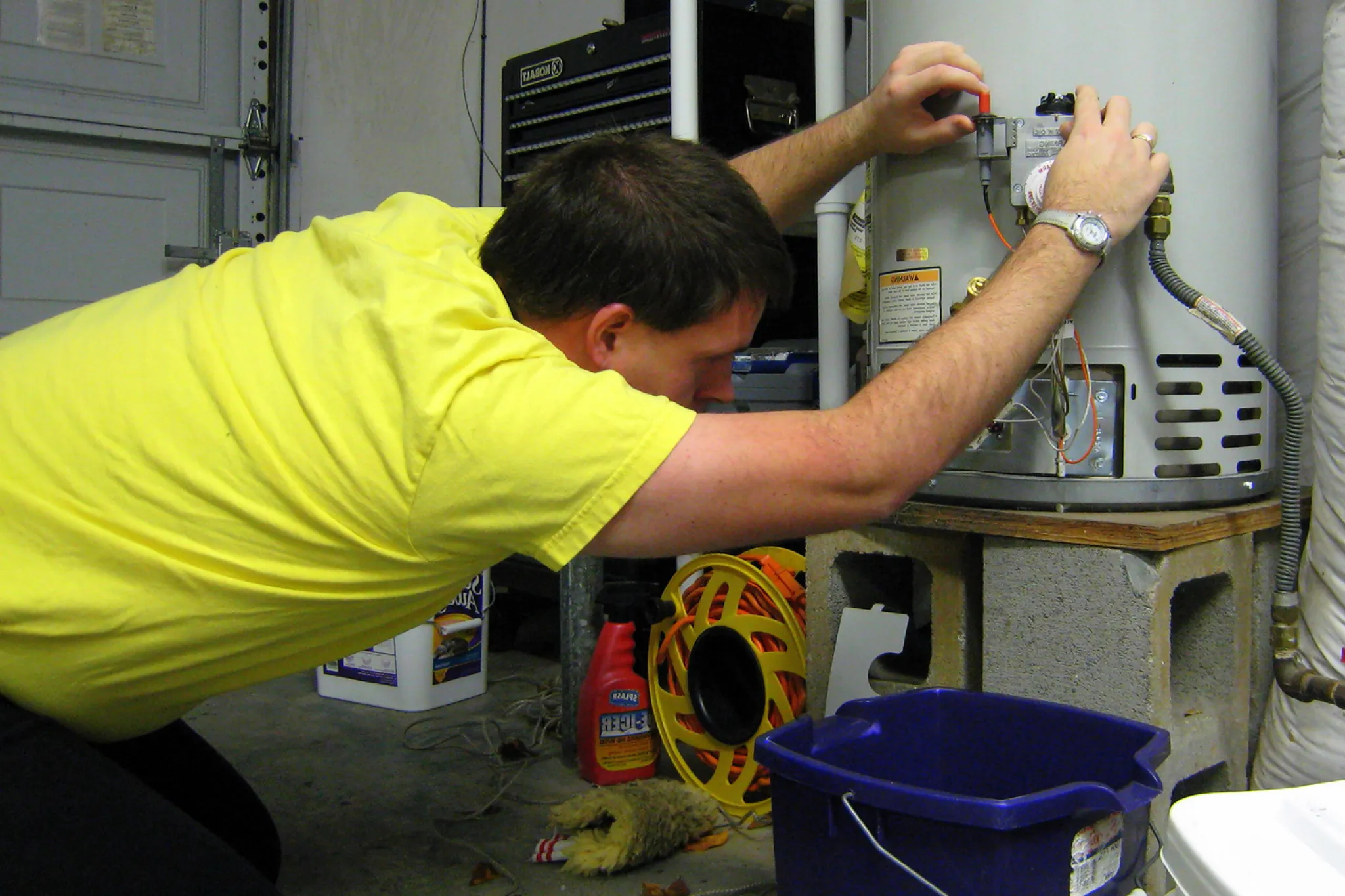On this page further down you can find a good deal of outstanding advice with regards to How to Maintain Your Water Heater & Prolong its Life.

Hot water is crucial for everyday comfort, whether it's for a revitalizing shower or cleaning dishes. To guarantee your warm water system runs efficiently and lasts much longer, routine maintenance is vital. This post gives useful pointers and insights on just how to maintain your home's warm water system to avoid interruptions and pricey repair work.
Intro
Keeping your home's hot water system might appear challenging, yet with a few simple actions, you can ensure it operates efficiently for several years to find. This overview covers everything from comprehending your warm water system to DIY maintenance pointers and knowing when to contact specialist help.
Significance of Keeping Your Hot Water System
Regular upkeep not just extends the life expectancy of your warm water system yet also ensures it runs successfully. Neglecting maintenance can cause lowered efficiency, greater power bills, and also early failing of the system.
Signs Your Hot Water System Requirements Upkeep
Knowing when your hot water system needs interest can protect against significant issues. Look out for indications such as inconsistent water temperature level, strange noises from the heating unit, or rustic water.
Purging the Hot Water Heater
Purging your hot water heater removes sediment accumulation, improving performance and prolonging its life.
Monitoring and Replacing Anode Rods
Anode rods avoid rust inside the container. Evaluating and changing them when worn is vital.
Facility Issues Requiring Professional Aid
Examples include major leaks, electrical issues, or if your water heater is constantly underperforming.
Regular Expert Maintenance Perks
Expert maintenance can include extensive inspections, tune-ups, and making certain conformity with safety and security requirements.
Checking and Adjusting Temperature Settings
Readjusting the temperature level setups makes sure optimal performance and safety and security.
Do It Yourself Tips for Upkeep
You can do a number of maintenance jobs on your own to keep your hot water system in top problem.
Looking for Leaks
Frequently examine pipes and links for leakages, as these can result in water damage and higher costs.
Comprehending Your Hot Water System
Prior to diving right into maintenance tasks, it's handy to understand the standard elements of your warm water system. Commonly, this includes the water heater itself, pipelines, anode rods, and temperature controls.
Regular Monthly Maintenance Tasks
Regular month-to-month checks can assist catch small problems before they rise.
Checking Pressure Alleviation Valves
Checking the pressure safety valve guarantees it functions appropriately and stops excessive stress buildup.
Insulating Pipes
Insulating warm water pipelines decreases heat loss and can conserve power.
When to Call an Expert
While DIY maintenance is useful, some issues require specialist know-how.
Final thought
Regular maintenance of your home's warm water system is vital for efficiency, longevity, and cost financial savings. By complying with these tips and recognizing when to seek specialist assistance, you can guarantee a trusted supply of hot water without unanticipated disruptions.
How to Maintain an Instant Hot Water Heater
Before tinkering with your hot water heater, make sure that it’s not powered on. You also have to turn off the main circuit breaker and shut off the main gas line to prevent accidents. Also turn off the water valves connected to your unit to prevent water from flowing into and out of the appliance. 2. When you’re done, you have to detach the purge valves’ caps. These look like the letter “T†and are situated on either side of the water valves. Doing so will release any pressure that has accumulated inside the valves while at the same time avoid hot water from shooting out and burning your skin. 3. When the purge valves’ caps are removed, you have to connect your hosing lines to the valves. Your unit should have come with three hoses but if it didn’t, you can purchase these things from any hardware or home repair shops. You can also get them from retail stores that sell water heating systems. Read the user’s manual and follow it to complete this task properly. When the hosing lines are connected, open the purge port’s valves. 4. You should never use harsh chemical cleaners or solutions when cleaning your unit. Make use of white vinegar instead. It should be undiluted and you’ll probably use about 2 gallons. 5. Now flush your water heater. This task should probably take about 40 minutes. We can’t give you specific directions for this because the procedure is carried out depending on the type, model and brand of your heater. With that being said, refer to the user’s manual. 6. When you’re done draining the unit, you have to turn off the purge port valves again. Remove the hosing lines that you earlier installed on each of the water valves. Put the valve caps (purge port) back in their respective places and be very careful so as not to damage the rubber discs that are found inside these caps. 7. Now that everything’s back in place, check your user’s manual again to find out how to reactivate your water heating system. 8. Once it is working, turn one of your hot water faucets on just to let air pass through the heater’s water supply pipes. Leave the tap on until water flows smoothly out of it. https://www.orrplumbing.com/blog/2014/september/how-to-maintain-an-instant-hot-water-heater/

As a fervent person who reads about Tips on Maintaining a Water Heater, I assumed sharing that section was really useful. If you please take the time to promote this content if you liked it. I truly appreciate your readership.
Contact Us Today